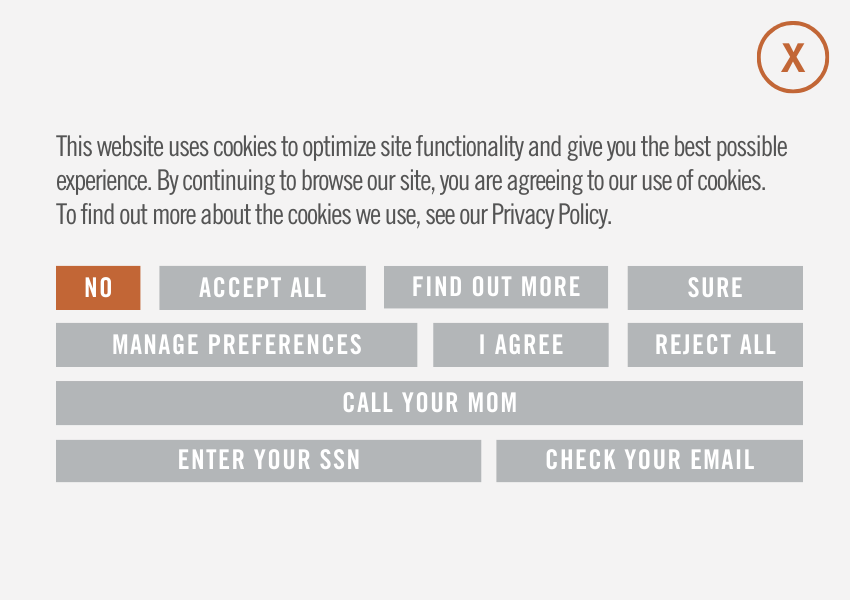4 Tips to Implement Social Media in Your Practice’s Marketing
Originally published in East Tennessee Medical News
KYLE DYER
Posted: Tuesday, August 7, 2012 12:00 pm
From country doctors to urban hospitals, healthcare professionals and institutions have always played an integral role in community life. They are bastions of trust, competency, and comfort during life’s most joyous and tragic moments. For centuries, the boundaries of community have been drawn by geography—miles in radius, ridges to cross, and blocks to travel. Community was the town your patients lived in, where their roots were planted and where their schools and churches were built. That version of place is still very much intact, especially here in East Tennessee, but there is another realm to life in 2012—the digital community.
In our ever-connected universe of smart phones, email, Bluetooth, and Wi-Fi, the way we choose to connect with each other is much more broad and varied. This element of variety makes the world of social media seem daunting to a lot of medical practitioners. But, there’s actually a mountain of opportunity for the healthcare industry to provide the digital community with the same trust and wisdom it has always given its neighbors on the street, in the park, and in the office.
According to a recent survey from PricewaterhouseCoopers’ Health Research Institute, one third of consumers use social media to discuss their health and medical concerns. It’s likely you are no stranger to social media (American Medical News says about 90 percent of doctors use some type of social media), but does your practice participate in the digital arena? If your answer is no, let today be your launch date.
Here are four tips to jump-starting your social media game.
1. Make a plan. Whether your marketing is done in-house or with a marketing firm, setting a strategy before you post anything online is critical. There are several questions you should ask yourself: How much time (or money) can I spend on social media per week? Which social media platforms best fit my practice and patients? How often do I need to be present online—daily posts, weekly, or every three hours? After you’ve addressed these questions, put the answers on paper. Create a weekly schedule for each platform (such as “post to Facebook three times a week”) and set aside time in your calendar to make it happen.
2. Start small. There is danger in being overly zealous when you start a social media plan. You shouldn’t try to sample a piece of something from every platform on the social media buffet. I know it’s tempting to try it all—Facebook, Twitter, LinkedIn, YouTube, Pinterest, Google+, Tumblr, and the like. But, more is not better in this case (at least not at the start). You don’t want to spread yourself and your resources too thin; plus, your practice doesn’t necessarily belong in all of those communities. Take Pinterest, for example, one of the fastest-growing kids in the digital community. It is a strictly visual platform; its members “pin” photos and videos onto virtual corkboards. If your practice doesn’t lend itself to visual communication, it’s best to stay out of the Pinterest game. That’s not to say you can’t get creative. A nutritionist posting healthy recipes would be spot-on. Your goal should be to target two or three social mediums where you will be most effective in reaching your patients and expanding the visibility of your practice.
3. Consider your content. Being an active participant is truly the lifeblood of social media existence. You have to post regularly in order to seem relevant to your followers, but you should also vary the type of content you choose to share. Links to informative articles and studies are wonderful, but viewers want to see photos, polls, questions, and comments. Your digital presence should be as human as your bedside manner. That being said, there are pitfalls to overly sharing or being too personal in your posts. Remember to ask yourself: Would I hang this in an exam room or tape it to the front door? For another great set of guidelines for healthcare social media use, check out the Mayo Clinic Center for Social Media’s 12 Word Policy (https://socialmedia.mayoclinic.org/2012/04/05/a-twelve-word-social-media-policy/).
4. Keep up the conversation. Social media has been such a game changer in marketing because it opens up the channels of communication. It is not the one-way model of your grandfather’s advertising; instead, consumers can participate in the conversation. They can ask questions, make comments, and share criticisms. According to PricewaterhouseCoopers’ survey, “More than 75 percent of consumers surveyed would expect healthcare companies to respond within a day or less to appointment requests via social media.” This shouldn’t scare you away; it should make you more vigilant. Just like your high school sweetheart taught you, conversation is a two-way street. Monitor your social media accounts and respond to your followers in a timely manner. It shows respect for your patients and will earn trust for your brand.
With these tips in mind, start planning your entry into the digital community. Or, if you’re already posting and pinning, evaluate the policies you have in place and how you interact with your followers. The digital community is vibrant with voices and information from every industry, race and generation, and it needs the influence of healthcare professionals to be as rich as the communities we live in.






